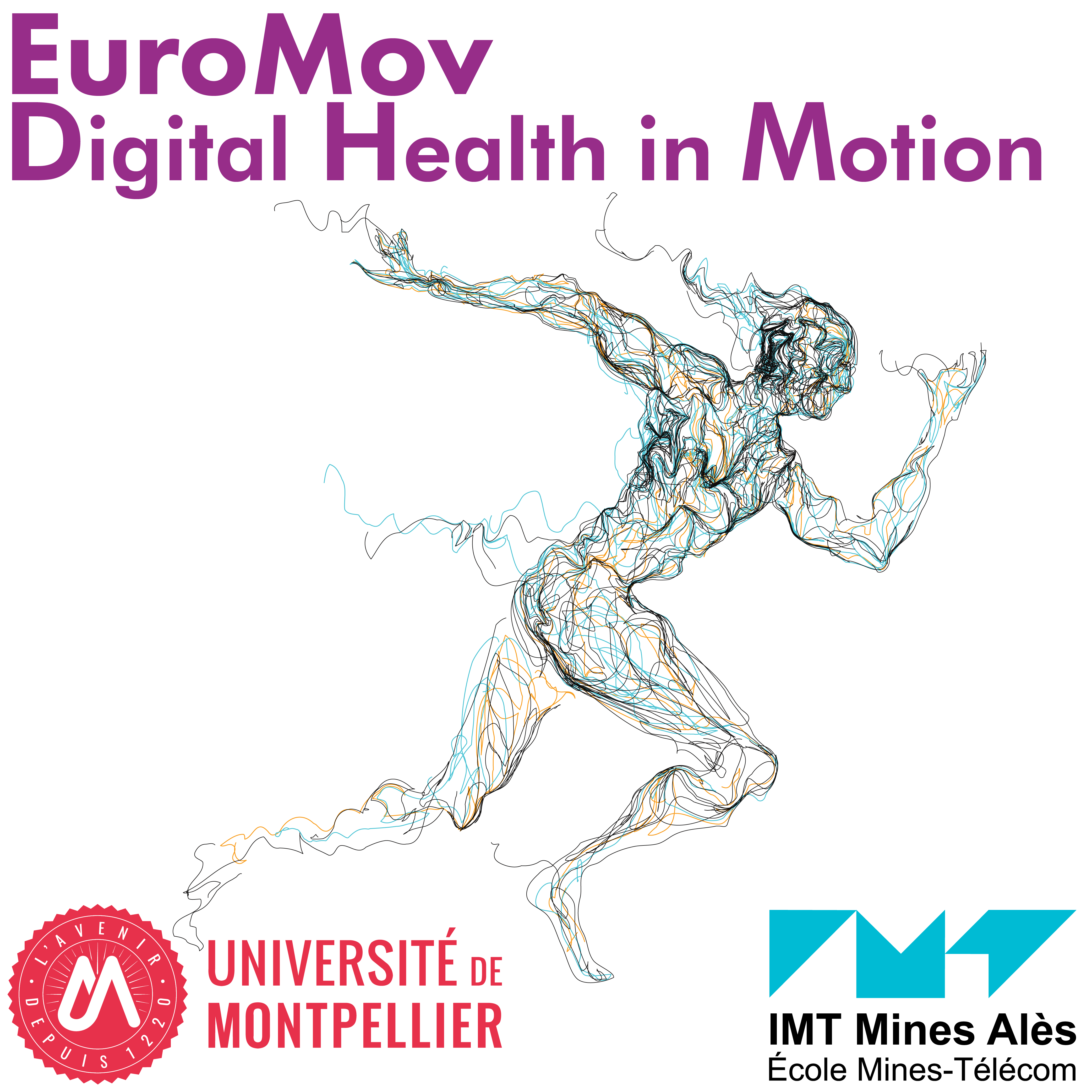EUROMOV DHM
About Us
EUROMOV DHM IS a scientific merger between researchers interested in the discovery of the sensorimotor markers of health and researchers in cognitive automation
Scientific project
The central object of study of EuroMov DHM will be human and digital plasticity through human movement. Human plasticity, or neuroplasticity, refers to the capacity of the brain to evolve, to adapt throughout life. In addition to genetic factors and the environment in which a person evolves, his actions and movements play a determining role in brain plasticity.
Understanding the brain-movement dynamic at different levels will allow us to promote brain plasticity and thus improve sensorimotor recovery or rehabilitation. Analysis of the mechanisms underlying neuroplasticity will allow us to develop new models for automatic learning or adaptive control of complex systems, to better manage human-machine interaction, and context-sensitive software systems by analogy or mimicry.

Our research consists in better understanding the etiology of human movement, considered as the level of integration of biological and cognitive phenomena, during our permanent informational exchanges with the environment. The synergy existing between our teams, human movement science, computer science and clinical research on the theme, the complementarity of approaches and methods make us anticipate important scientific discoveries on brain-movement links, human sensorimotricity, modes of interaction through movement with our environment.
Which applications are in focus?
In terms of applications, the combination of Movement, Health and Computer sciences portends many opportunities from both a clinical and industrial point of view: clinical validation of « movement data » methods co-developed with reeducators for the qualitative and quantitative guidance of post-stroke rehabilitation; brain-machine interfaces for assessment of the consciousness of non-responders following severe brain injury; simple, robust and inexpensive motion capture solutions for home monitoring, home rehabilitation, or sports monitoring.

THE UMR IS ORGANIZED IN THREE THEMES AND TWO AXES
- Perception In Action & Synchronization (PIAS)
- Monitoring and Improving Behaviors (MIB)
- Learning and Complexity (LAC)
- Semantics and Taxonomy of Movement (SemTaxM)
- The DHM Factory (Factory)

